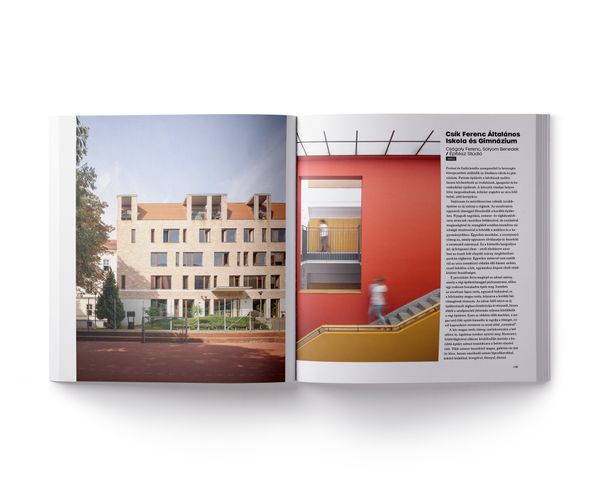Digital design tools have divided architects for as long as they have existed. Many believe that paper-based drawings are still not outweighed by renders showing an uncanny resemblance to reality. The question arises: should these architectural visualizations be regarded as pretentious means of persuasion or as a branch of digital art? We explored this trend by looking at the activity of two Budapest-based studios, an architecture firm and a studio engaged in architectural visualizations.
The above are already quite strong opinions in themselves, but they are still nowhere near what can be read on the Failed Architecture platform in an article published about a skyscraper in Amsterdam designed by MVRDV architecture firm. “The rendered building is a symptom. It illustrates how the media represent buildings, with unrealistic visuals and irrelevant writing.” Is the situation really that bad, and are architectural visualizations as harmful in their own medium as the unrealistic models of the fashion industry?
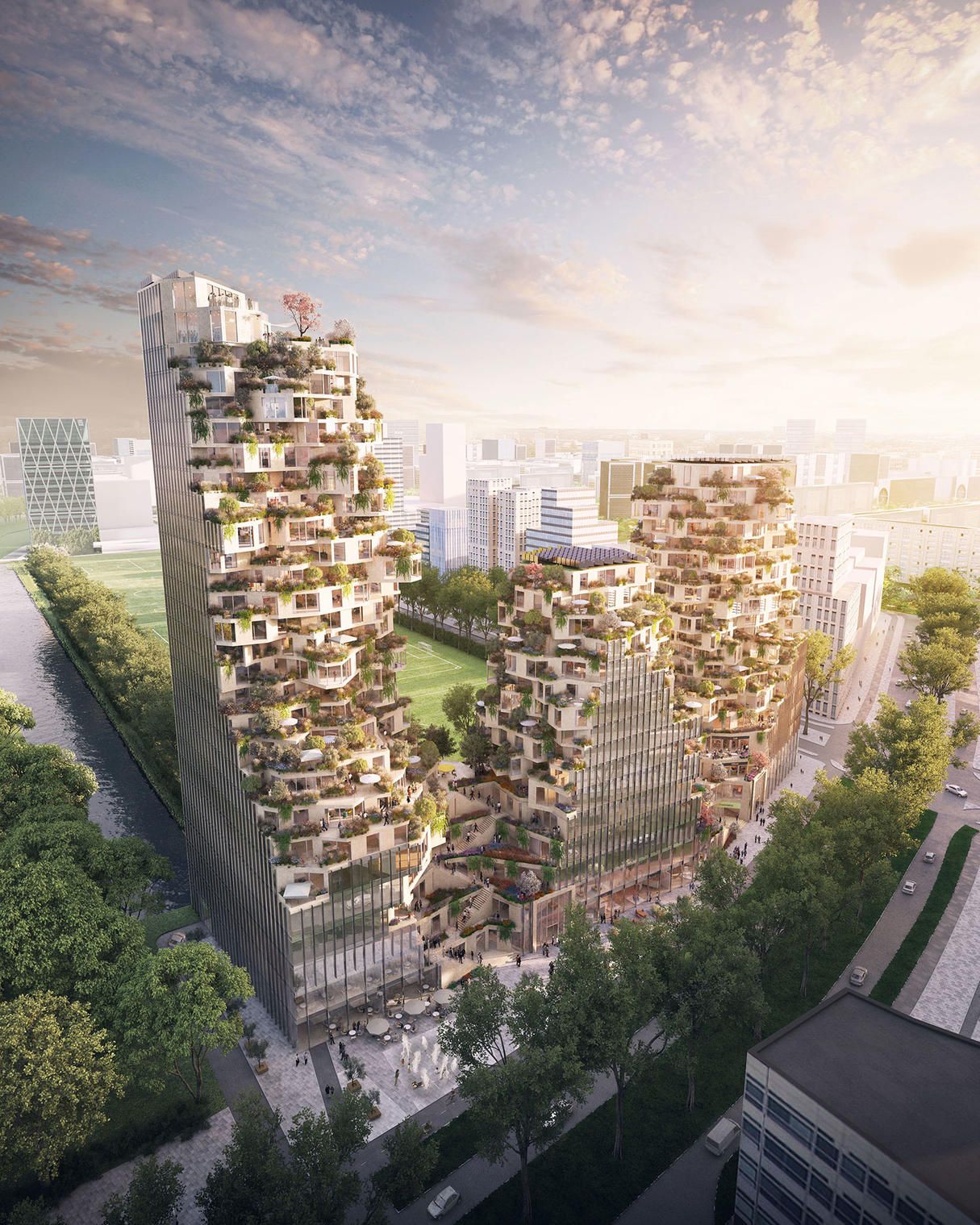
The author draws attention to the following problems regarding the render of the skyscraper subject to the article: the glass surfaces that cover the building reflect the light, in reality, they don’t allow visitors to take a peek at the interior, while the terraces filled with lush bushes look indeed stunning on the renders, but in reality, we haven’t seen too many actual examples for it, no matter how badly we want to. These plants need care, and as Amsterdam is not the city of eternal spring, the building could have a vastly different look during the winter. But the plans say nothing about this. According to the author, the perspective is problematic, too: the render shows the high-rise building from a bird’s eye view, yet the citizens and people on the streets will have an utterly different perception of it.
There are plenty of cons, that’s light as day, and these are all valid and justified issues, but they were, after all, expressed in relation to a case study. Let’s not forget, however, that the CGI renders are not mere plans but also means of communication between the client and the architect. This is what the architects of the Budapest-based MÁS architecture firm point out. “We place a particularly strong emphasis on our renders. We think these give the essence of our work, especially because these are our means of communication with our clients,” says Orsolya Mészáros, but then she goes on to add that many people do, indeed, over-exploit the endless opportunities offered by 3D renders for the purpose of persuasion.
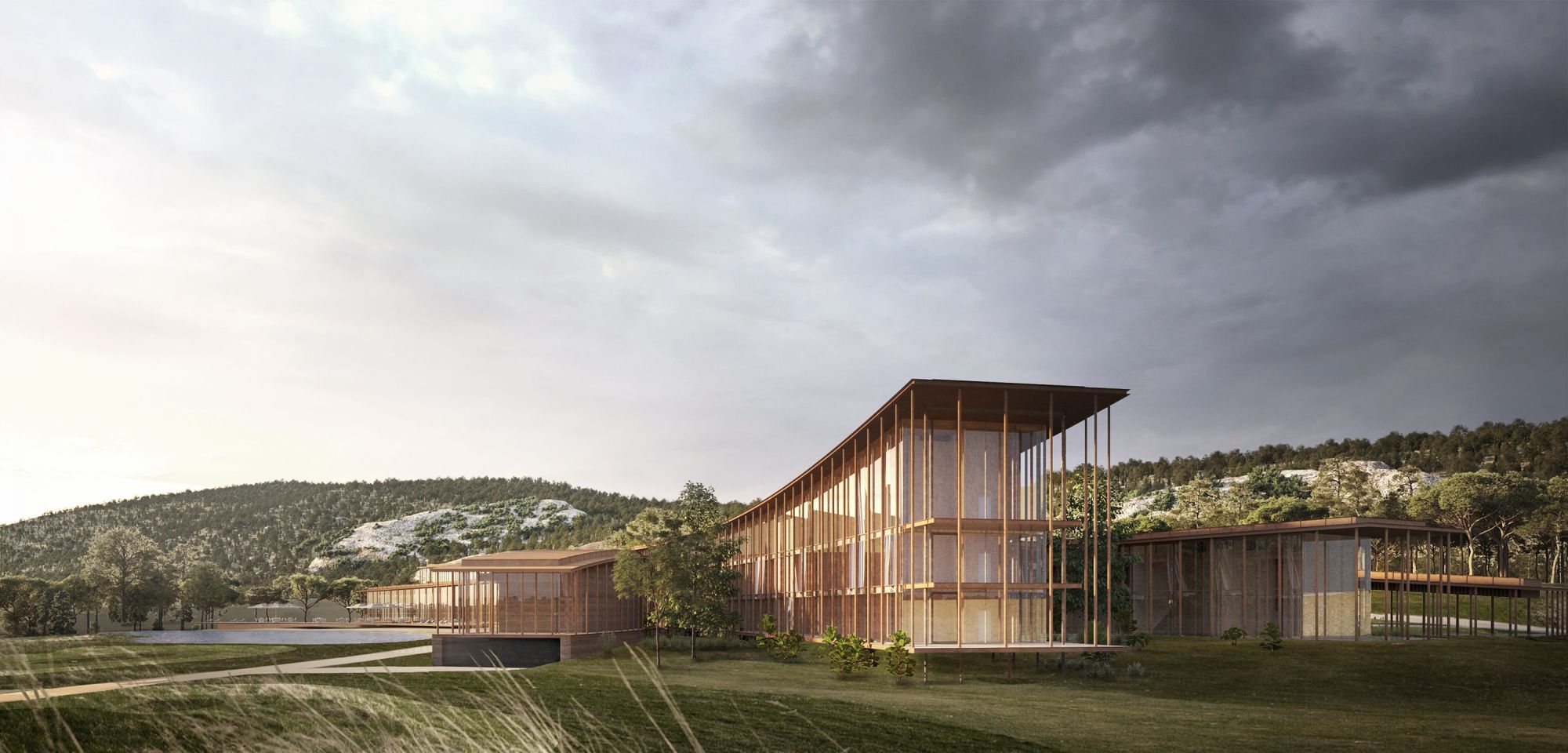
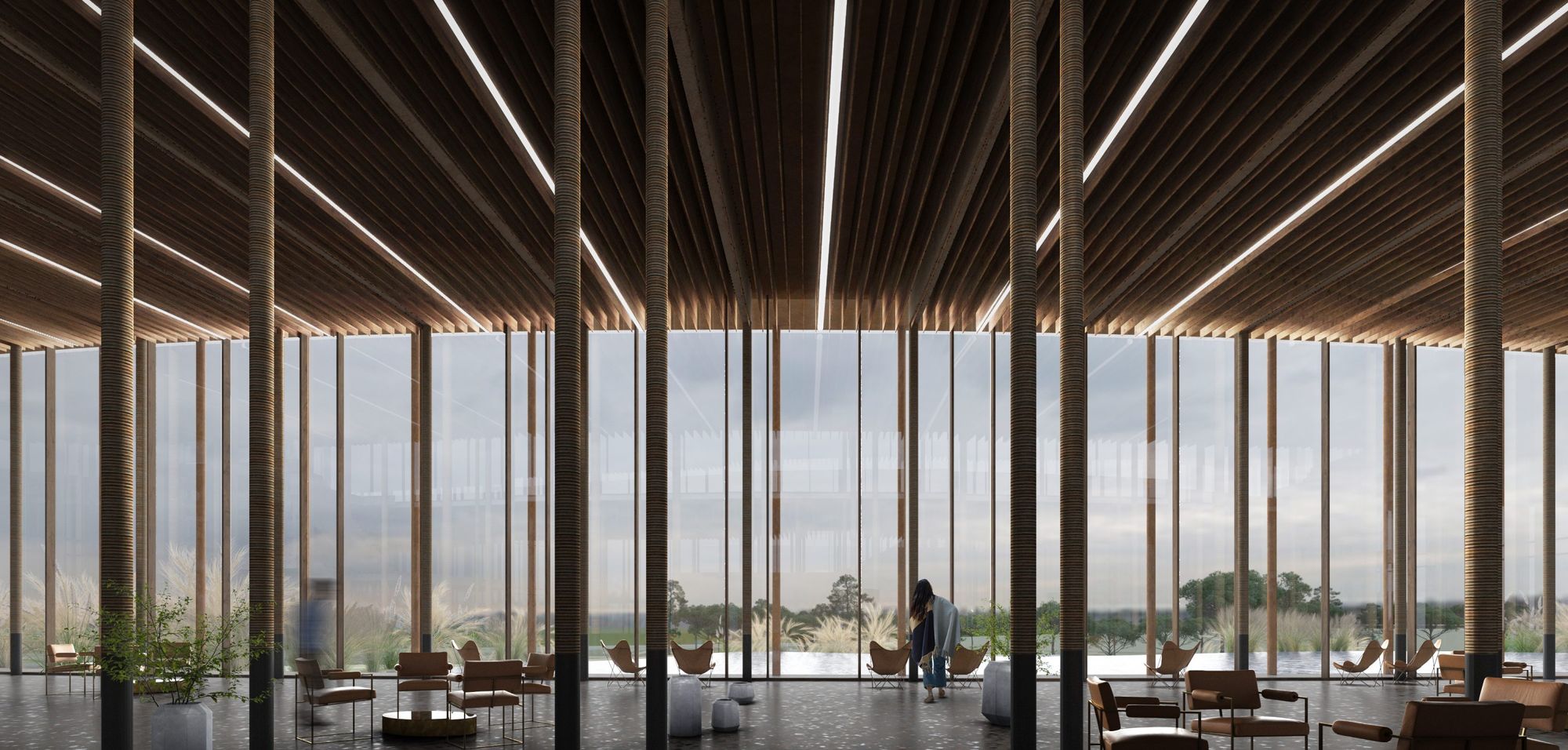
Headquartered in Budapest and Cluj-Napoca but working with international high-end clients and architecture firms (including Zaha Hadid or Kengo Kuma), Brick Visual, a company that not only uses architectural visualizations for modeling but also for story-telling purposes, once again pinpoints the role of communication in their creed. This attitude makes the studio’s projects resemble works of art, and this is exactly what makes them stand out from their competitors.
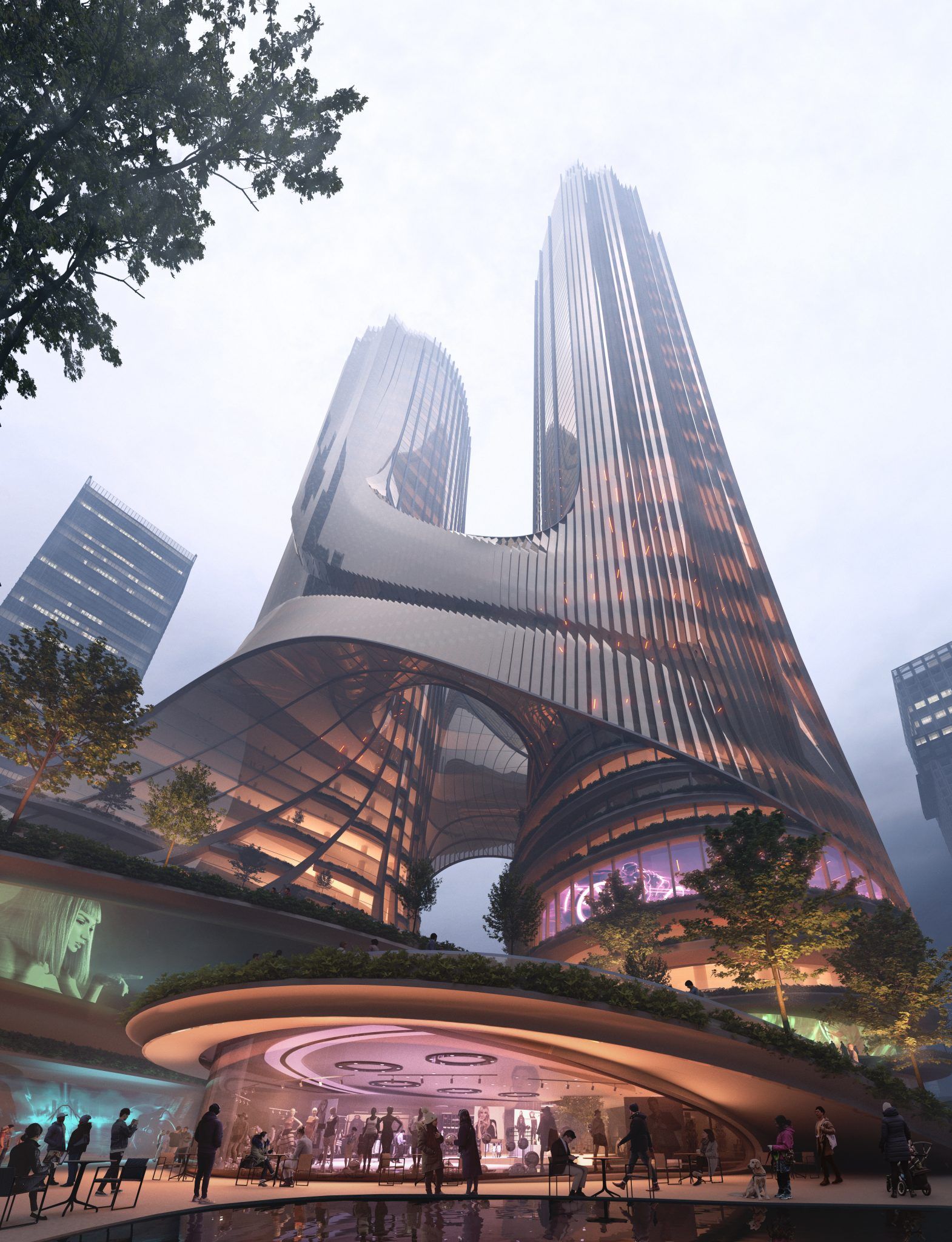
Speaking of works of art: the dreamscapes enjoying more and more popularity over the past few years—with Instagram playing a considerable role in the process—also grew out to be an independent genre partially from architectural visualizations. We think of these as works of art unequivocally (even though the design industry is also starting to realize and put to use the potentials dreamscapes offer for promotional purposes), but to what extent can a visualization of a building be a work of art?
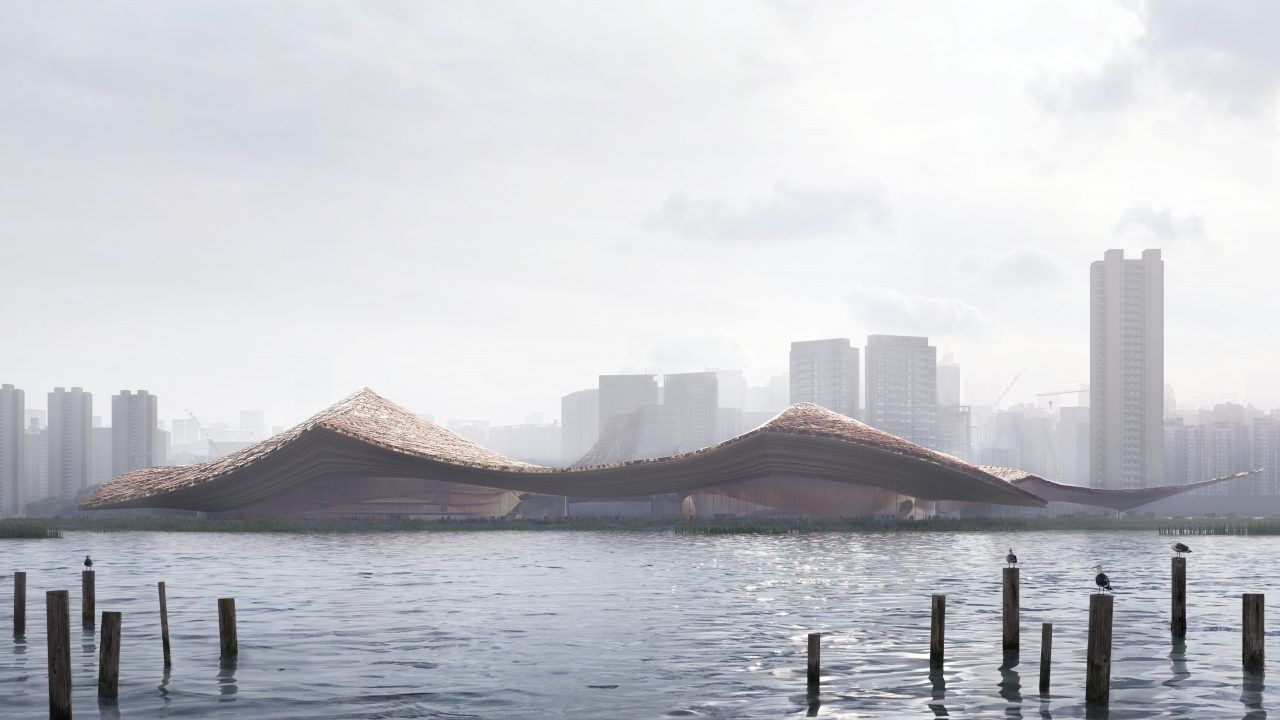
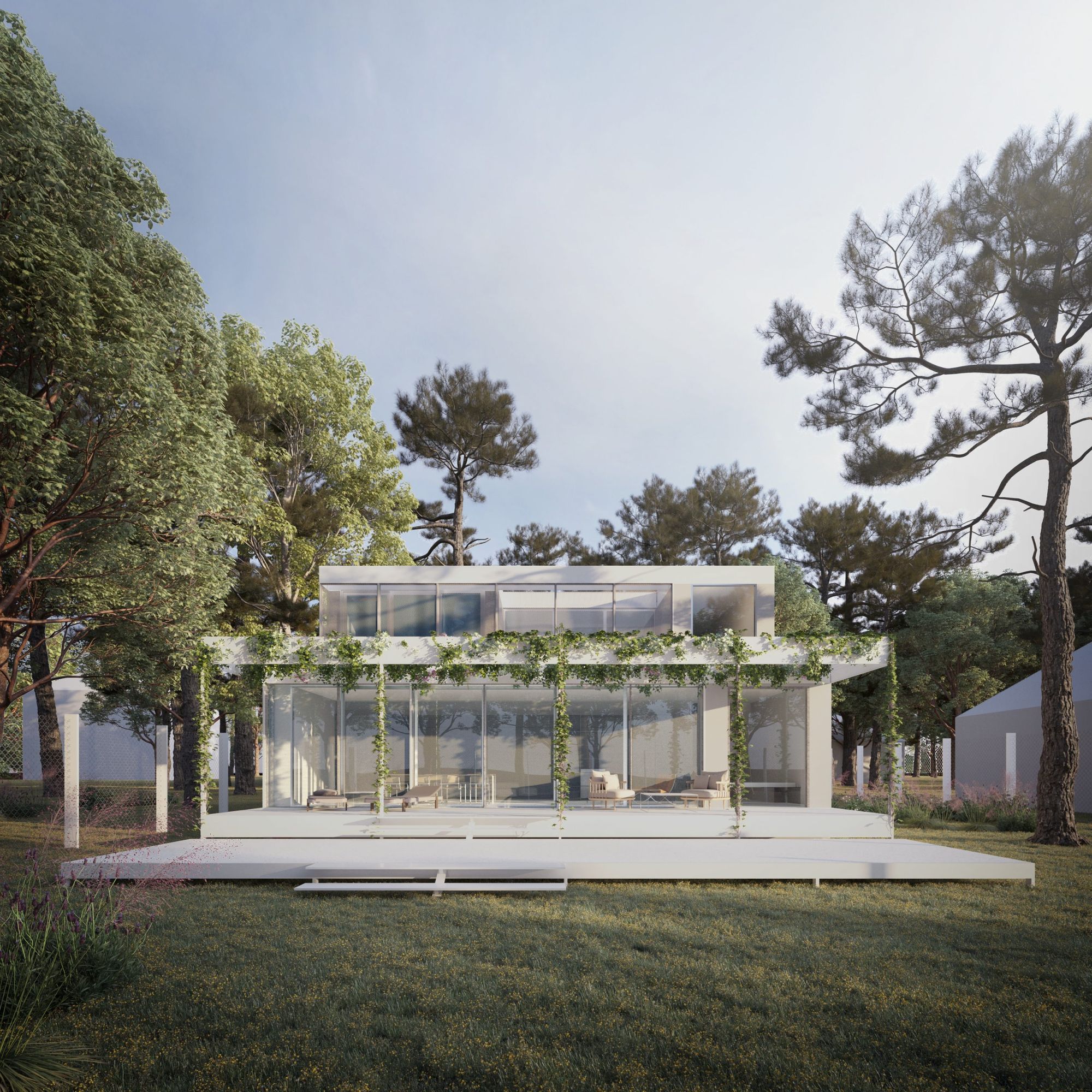
“In the current digital world, there are plenty of new technologies and tools that people can use to make both their work and life easier. These new tools, however, also renew and shape art as we know it. Architectural visualization is one of these tools. The making of each and every render is preceded by a serious composition and color dynamics check, by putting classical painting knowledge to use. Thus, in our opinion, yes, every render is a work of art,” stated Orsolya Mészáros regarding the topic. This, however, does not mean that renders are not reliable: “We try to create each of our renders by also ensuring that materials and dimensions are depicted in a life-like manner,” Orsolya added.
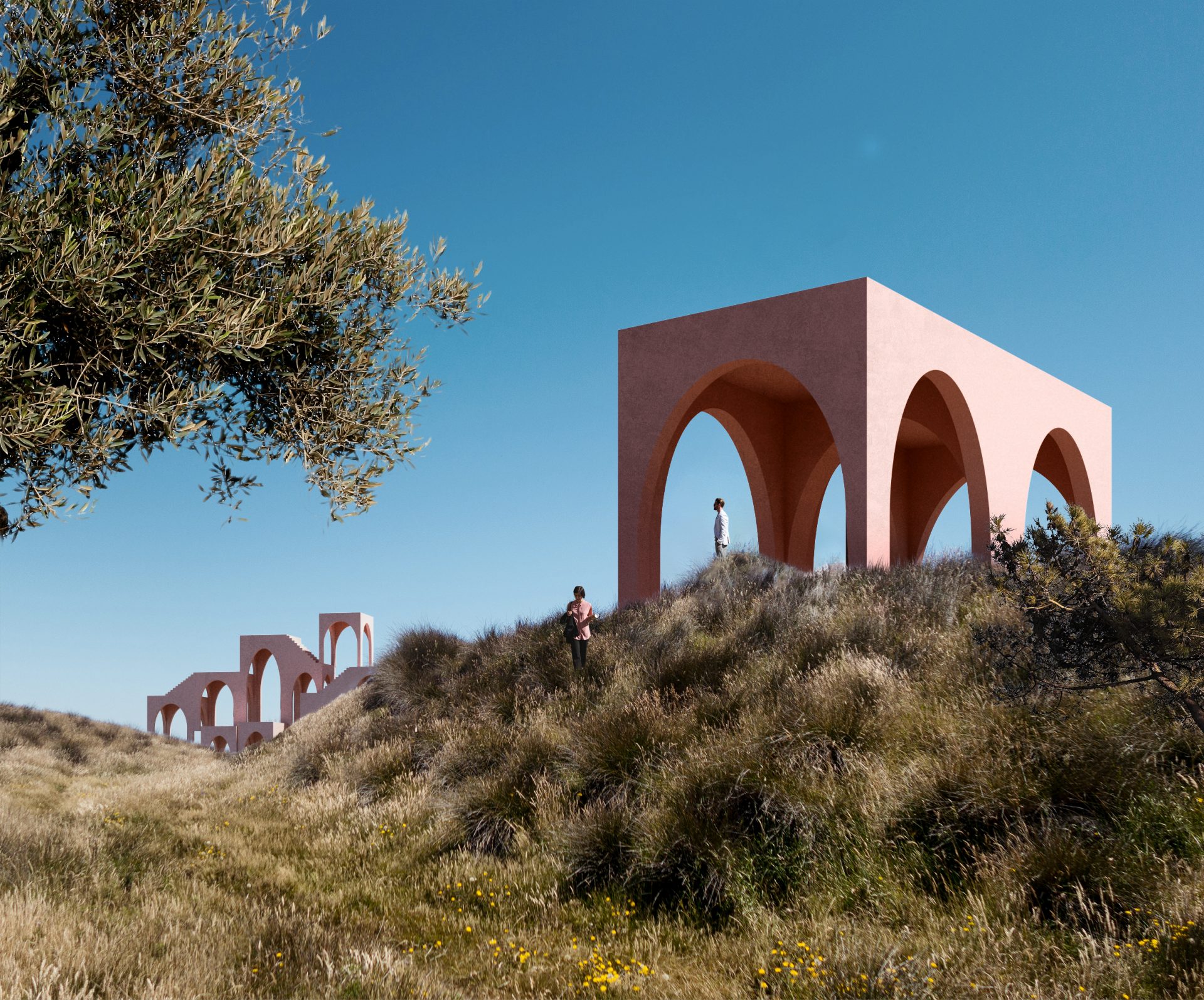
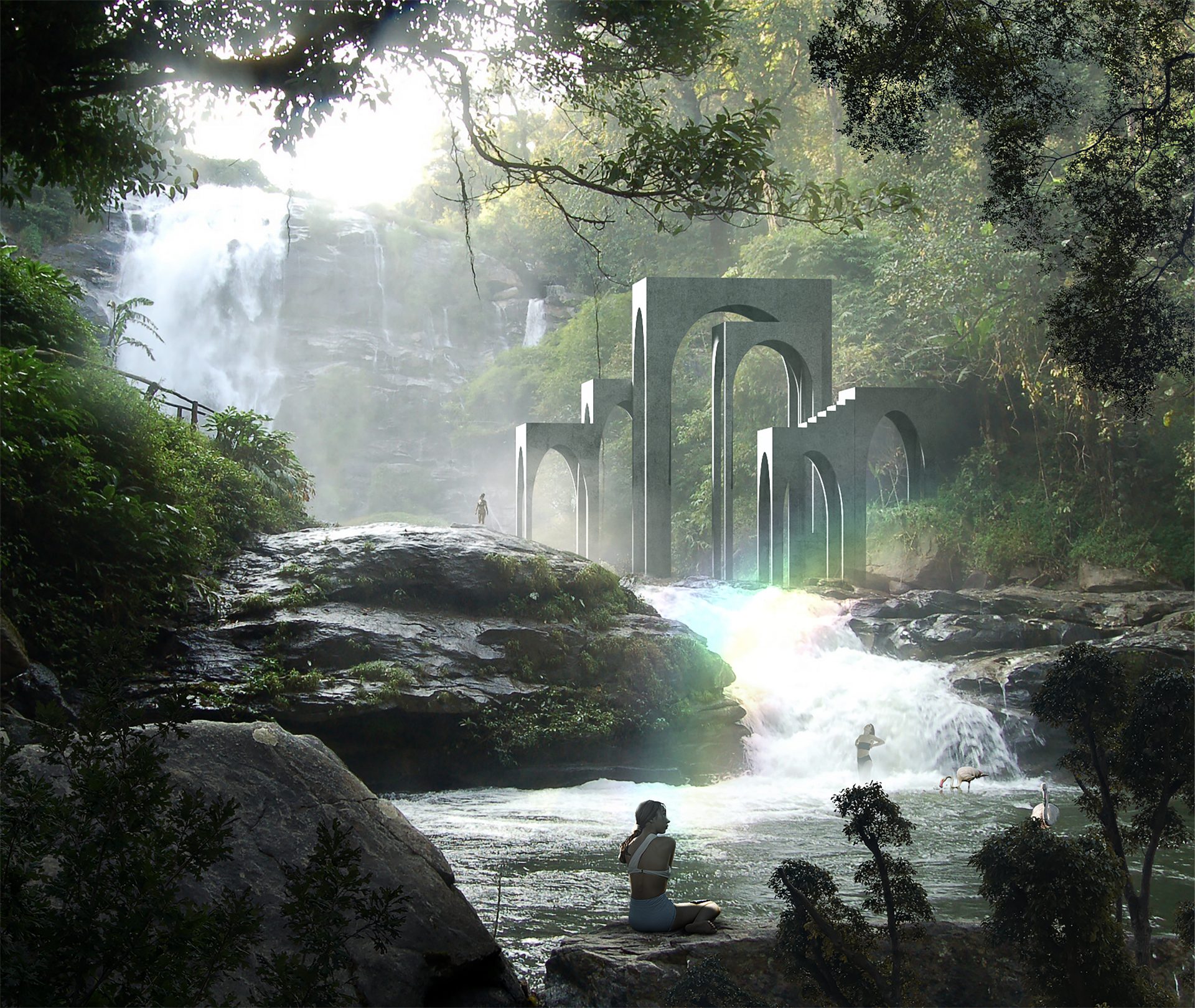
Thus, art can also have a place in renders, but Brick Visuals even created a platform recently where the members of the team upload their projects that were not completed in the framework of their regular jobs, but for the purpose of inspiration and self-expression. In the „Art of Brick” selection, those interested can see fantasy images (see below and above) that were called to life by a combination of painting, photography and music, many times with references to classic arts or pop culture. The project provides a perfect platform for the CGI artists to let their creativity run wild and to get away from clients’ requirements and reality, while also giving evidence of their technological skills and knowledge.
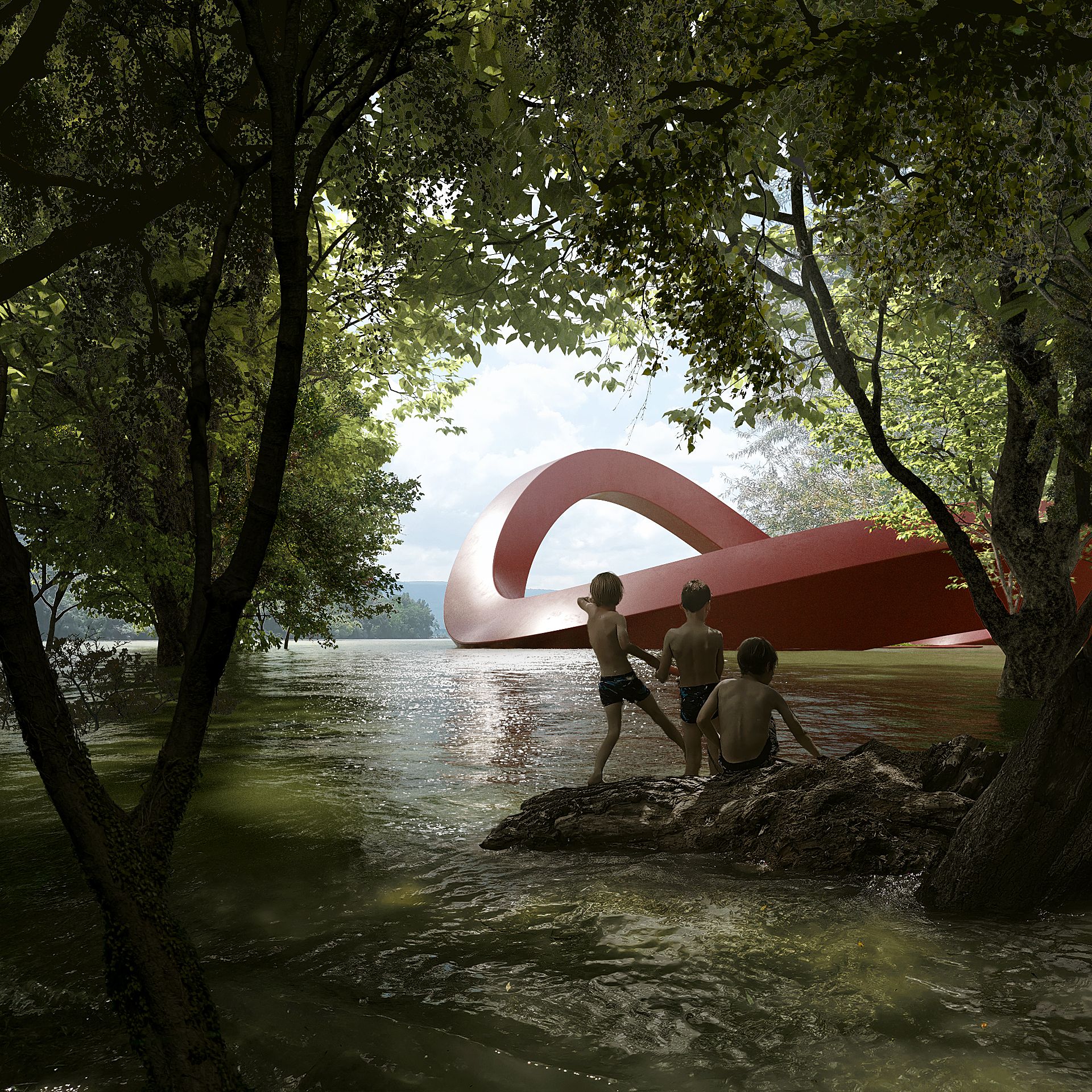
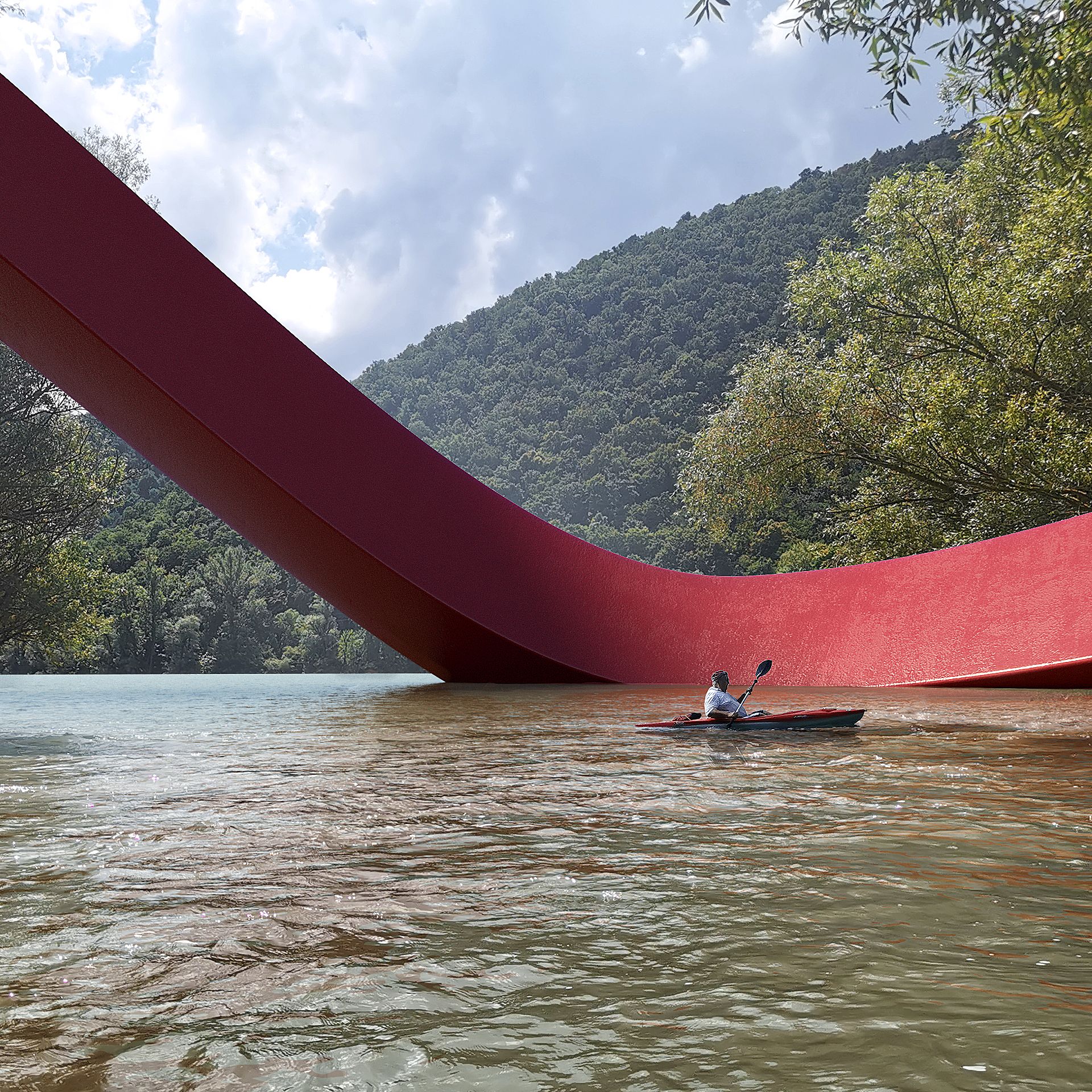
Renders can be a source of dispute, but they form an integral part of the world and the architecture scene today, as MVRDV also emphasized in their article published in reaction to the criticism. If the given building considers factors such as integration into the urban fabric or sustainability, then the criticism regarding representation is not a mere professional debate, but questions the ethical responsibility of the entire digital representation. But that’s the subject of another article.
(Art of Brick photos: Riccardo Rovoletto, Senior 3D artist, Brick Visual)

“Every piece is personal” | JVCKA
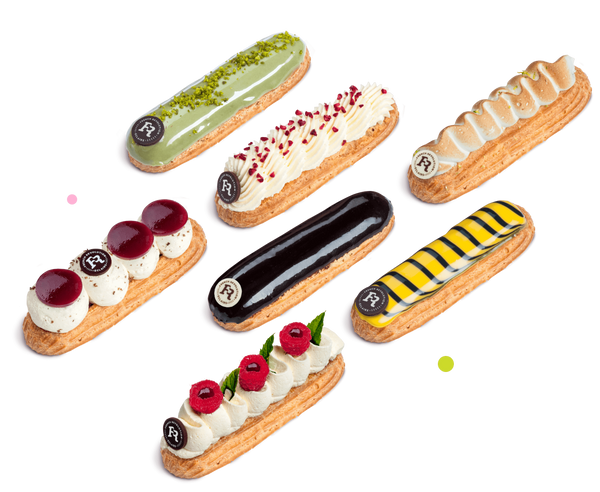
In the realm of éclair doughnuts | French Revolution
